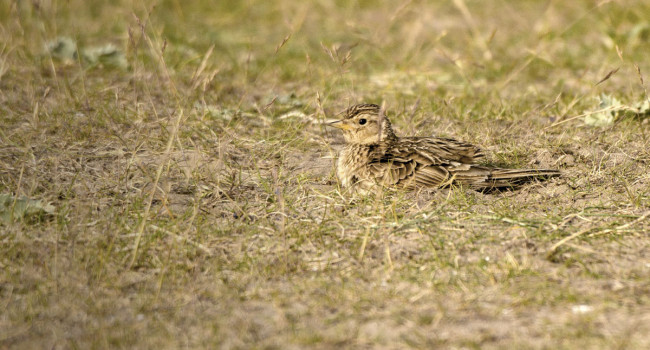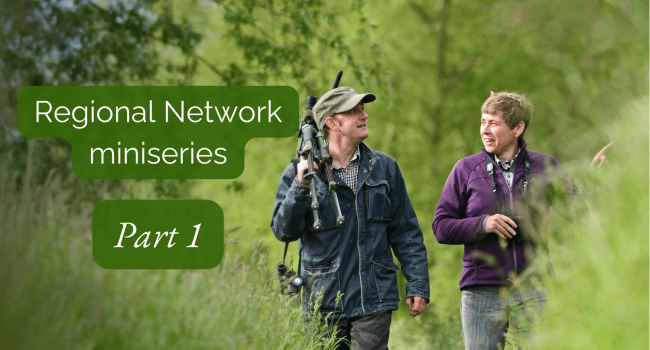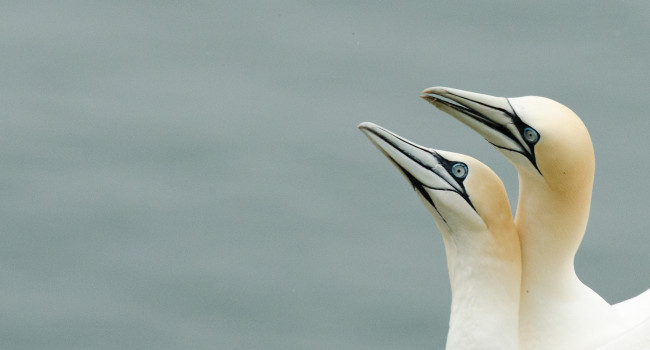Where have our gulls gone?
19 Jun 2024 | No. 2024-21
Birdwatchers across the UK are being asked to get out and count gulls this autumn, as the British Trust for Ornithology (BTO) continues to monitor populations of these characterful, if sometimes controversial, birds.
While they may be associated with stealing chips, and are frequently characterised as a menace to families enjoying a seaside break, the UK’s gulls are in serious trouble. Researchers from BTO are trying to get to grips with the causes of population declines in our breeding gulls and to monitor those that visit us from further afield.
In autumn and winter, gulls flock together to roost communally on lakes, reservoirs, and estuaries across the UK, in groups that can number many hundreds or even thousands of individuals. Understanding where these roosts occur, and the numbers of birds using them, is key to helping conservation organisations protect these familiar birds.
The Winter Gull Survey (WinGS) is a long-running monitoring programme, which first took place in 1953. The project’s overarching aim is to provide robust information on the numbers and distribution of wintering gulls, many of which appear on either the Birds of Conservation Concern Red or Amber List.
Now, for the first time, BTO is asking volunteers to count gulls in the autumn too as information on the whereabouts of gulls following the breeding season is limited. Some species will group in large concentrations in the autumn months, before dispersing to their wintering areas. Birdwatchers across the UK can help identify the locations of autumn aggregations and determine just how many gulls are taking advantage of each designated site.
Along with the gulls that breed here in the summertime, and pass through in the autumn, thousands more head to the relatively mild UK in the winter months too, to escape the freezing conditions further north. BTO is keen to understand where the main areas of gull activity currently are, and identify those places where these seabirds now occur in much reduced numbers.
WinGS covers survey sites in the UK, the Channel Islands, and the Isle of Man, and BTO is seeking more volunteers to help gather data. The volunteers will visit established roost sites used by migrating and wintering gulls, as well as random sites, across inland and coastal locations. Volunteers will count all gull species present, but with particular focus on six key species: Black-headed Gull, Common Gull, Lesser Black-backed Gull, Herring Gull, Mediterranean Gull, and Great Black-backed Gull.
The volunteer birdwatchers should feel confident that they can:
- count large numbers of birds accurately, in late afternoon as the light fades.
- identify the six most abundant UK gull species: Black-headed Gull, Common Gull, Lesser Black-backed Gull, Herring Gull, Mediterranean Gull, and Great Black-backed Gull.
Potential volunteers can find out more about the survey, the availability of survey sites near them, and how to sign up by visiting the project webpage www.bto.org/wings
Emma Caulfield, the Survey Organiser for WinGS, said "Information collected in these surveys will continue to fill the gaps in our knowledge. This is particularly important as declines are continuing to be seen in our breeding gulls, as well as those heading here for the winter months. These familiar seabirds have also been impacted by the ongoing outbreak of highly pathogenic avian influenza (HPAI), and we are still seeking to understand what the short, and long-term implications of this may be."
Dawn Balmer, BTO Head of Surveys, said "Many of our gull species are experiencing significant declines in their breeding populations, hence their conservation status, and we urgently need to improve our understanding of where, and in what numbers, they gather in the autumn and winter."
The Winter Gull Survey is supported by Defra, the Country Nature Conservation Agencies and BTO.






Share this page